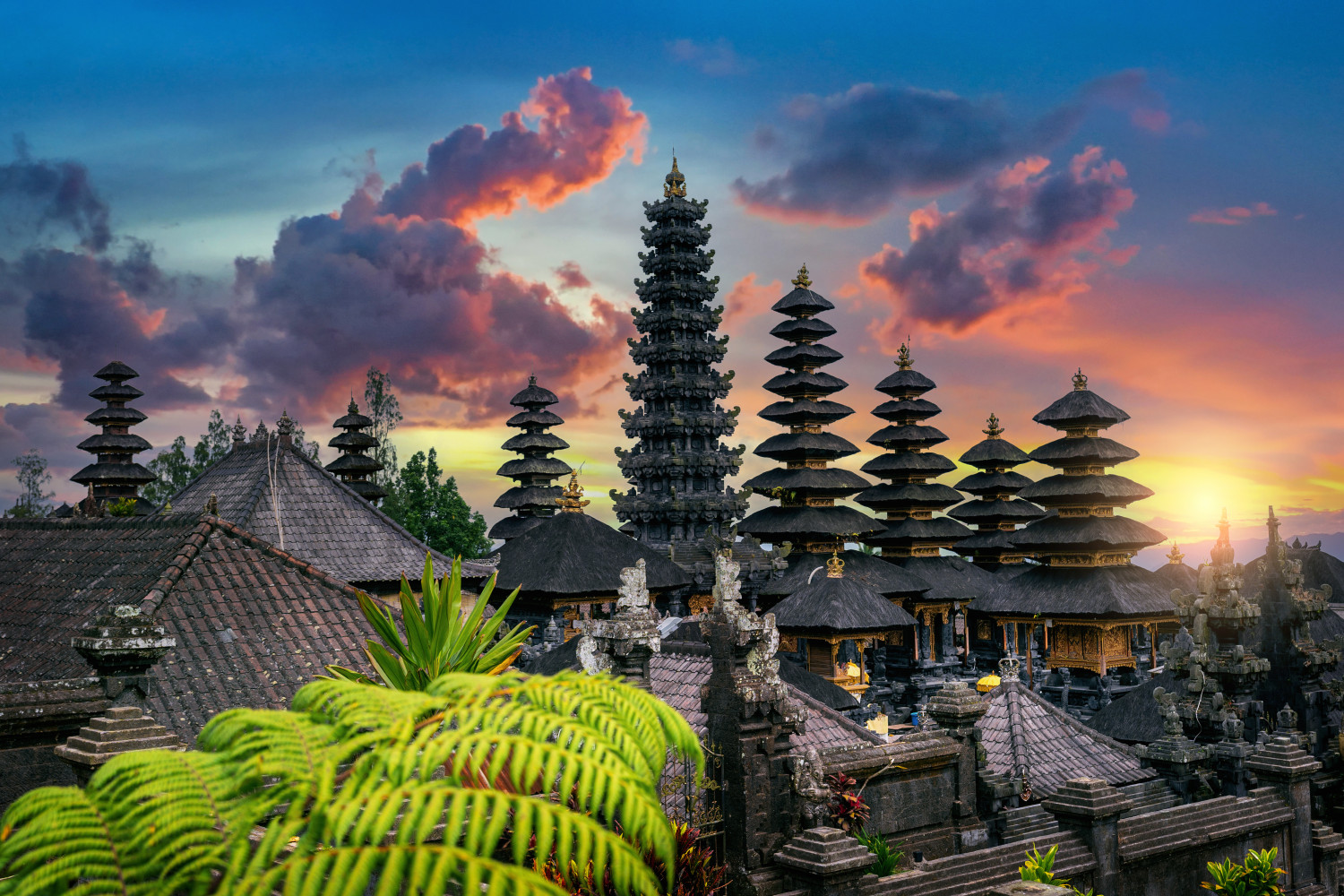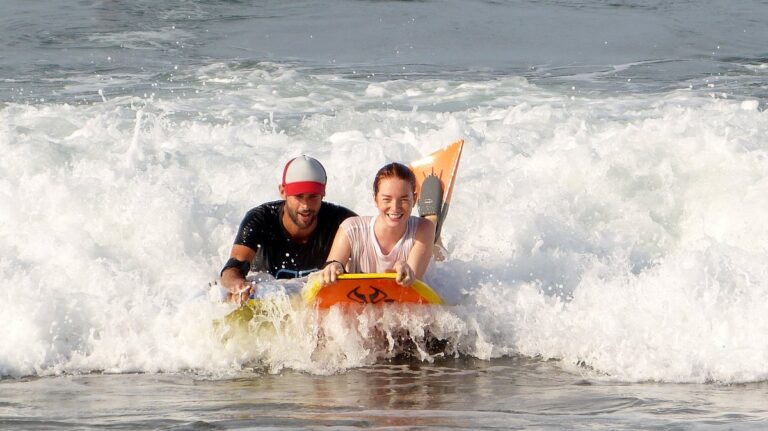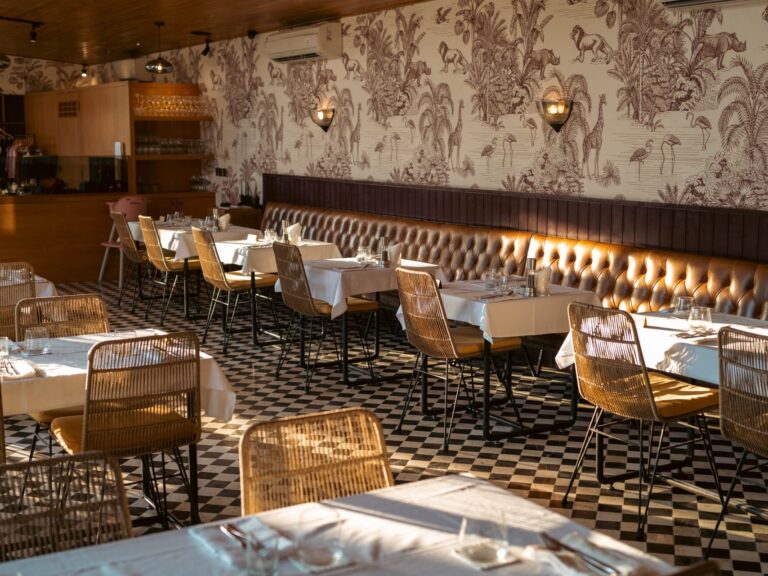Besakih Temple Complex is the biggest collection of temples in Bali. There are 86 temples on the site dedicated to various uses and this includes the Pura Penataran Agung the largest and holiest temple in Bali.
It is known locally as “Bali’s mother temple” and some of the temples have been on this site for over 1,000 years.
In what might have been a miracle of the gods, when Mount Agung erupted in cataclysmic form in 1963, somehow this temple complex survived, without any major damage.
Where Is Besakih Temple?
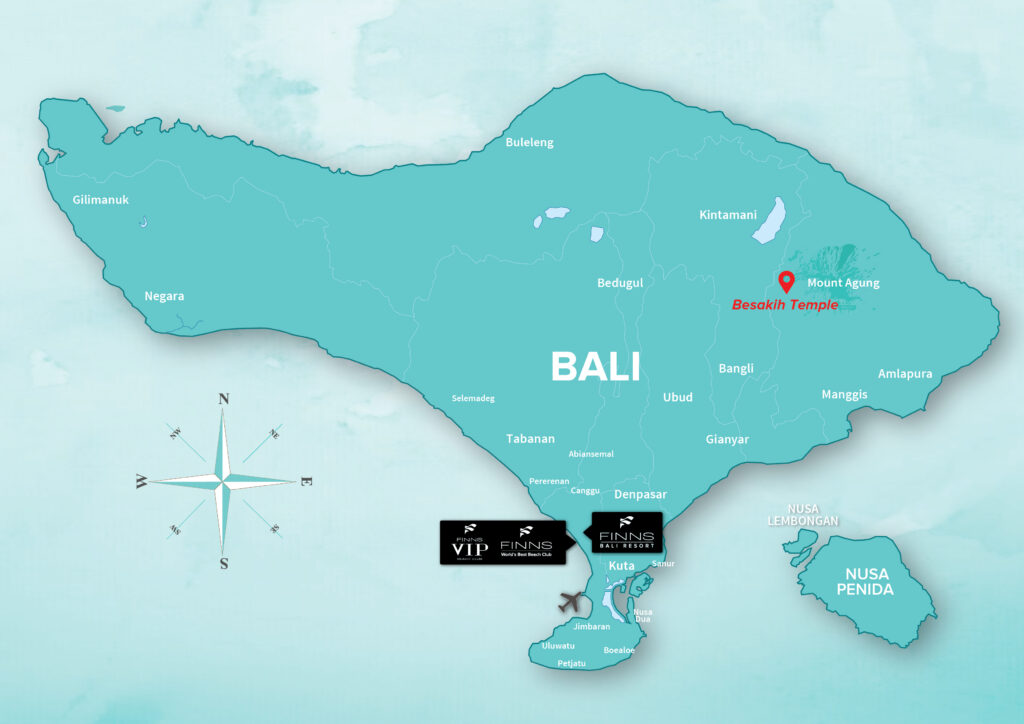
Besakih Temple is on the slopes of Mount Agung more than 1,000 meters above sea level.
It’s this setting that adds to the mysterious and spiritual air at Besakih Temple and helps to attract so many local devotees to carry out the pilgrimage of a lifetime.
When you arrive at Bali’s mother temple, you will find yourself facing some fairly steep but well-maintained stairs to access the temple grounds.
There is no wheelchair access as the steps and structure were built long before accessibility was a concern in Bali.
You don’t need to be too physically fit to climb the stairs at Pura Besakih (the local name for Besakih Temple) but you do need to be able and prepared to tackle a few hundred stairs.
The address of the Besakih Temple complex is: Besakih, Rendang, Karangasem Regency, Bali 80863, Indonesia
How To Get To Besakih Temple?

Mount Agung is in the North West of Bali. It is the largest and most active volcano on the island.
The temple complex is found on the Southwestern Slopes of Mount Agung and it’s fairly easy to get to from most parts of Bali.
We’d recommend that if you just want to visit the Besakih Temple you hire a private car and driver to take you from your accomodation to the temple and back again.
It shouldn’t take more than 2 hours to drive there from most parts of Bali.
There is absolutely no public transport to Mount Agung and you can’t catch a bus.
You could consider taking a scooter but we don’t recommend that – scooter travel in Bali is quite dangerous and accidents are common.
Even experienced riders can struggle on Balinese roads.
You also need to be road legal which requires an International Driver’s Permit (IDP) and a current driving license with a motorcycle endorsement (a car license) won’t do and you must wear a helmet and remain sober.
Finally, the Besakih Temple is on a mountain and if you’ve ever driven a scooter, you will know they can struggle as you start increasing the gradient of the road.
What Is The Entrance Fee For Besakih Temple?

The entrance fee is, of course, subject to change at any time but as we go to press it’s 60,000 IDR for an adult and 30,000 IDR for children.
You must go to the official ticket counter near the entrance gate to purchase your ticket. Please don’t buy tickets anywhere else.
All payments must be made in cash, Bali’s tourist attractions, generally, don’t accept card payments so please visit an ATM before you arrive if you don’t have any local currency.
Potential Entrance Fee Scams At Besakih Temple

They’ve been actively trying to combat this problem at Besakih Temple but both the security guards and some locals have been known to patrol the car park here demanding huge entrance fees from tourists.
This isn’t limited to foreign tourists, either, CNN ran a report of a shocked Balinese person who found themselves on the receiving end of a demand for an extra payment.
It’s important to note that you don’t need to pay anywhere except at the official desk and if asked elsewhere you can refuse. The scammer might get angry but they won’t get violent. Just keep walking and you will be fine.
Official Temple Guides At The Mother Temple
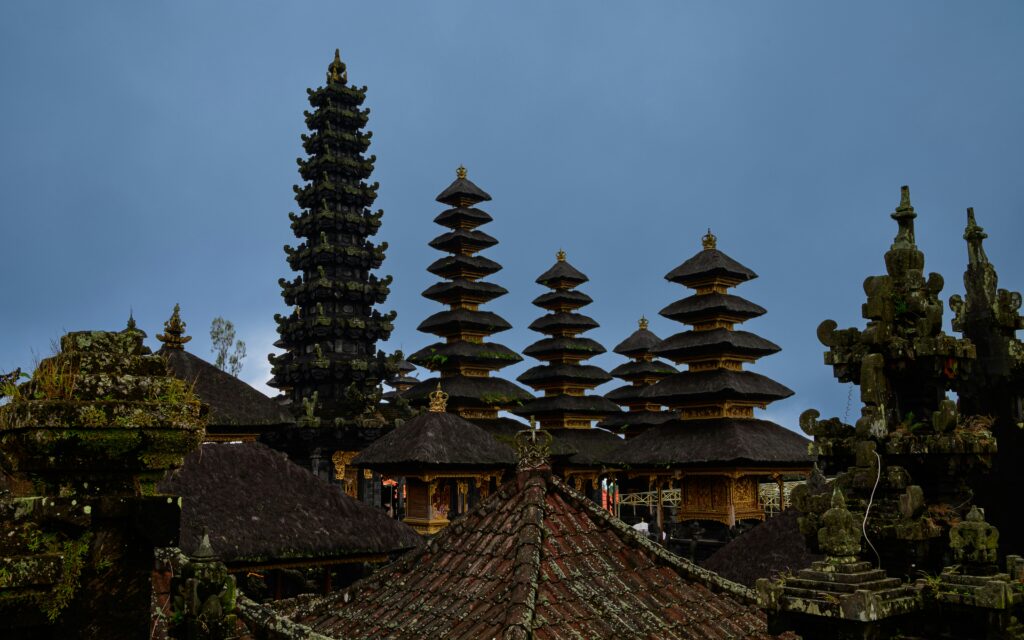
There are official guides for hire at Besakih Temple and while it’s not mandatory to engage their services, if you want to get the most out of your visit to the mother temple, you should hire one.
You can recognize the official guides because each is wearing a patterned Batik shirt just like all the other guides.
Their services are very reasonably priced and not only will you benefit from their knowledge of Besakih Temple but you will also find that they can take you around Pura Besakih in an efficient manner and show you things that you might have otherwise missed.
The Dress Code At Pura Besakih
This is the holiest temple in Bali. As you might expect there is a dress code at Pura Besakih and you will get into trouble for trying to evade the dress code.
Given the Balinese government’s announcement that they intend to deport foreigners who offend local sensibilities at religious sites, we strongly recommend that you stick to the dress code.
This means sarongs and sashes to cover shoulders and legs if they aren’t already covered.
You can rent these items for a small fee at the temple before you go in or you can buy them from the stalls around the entrance.
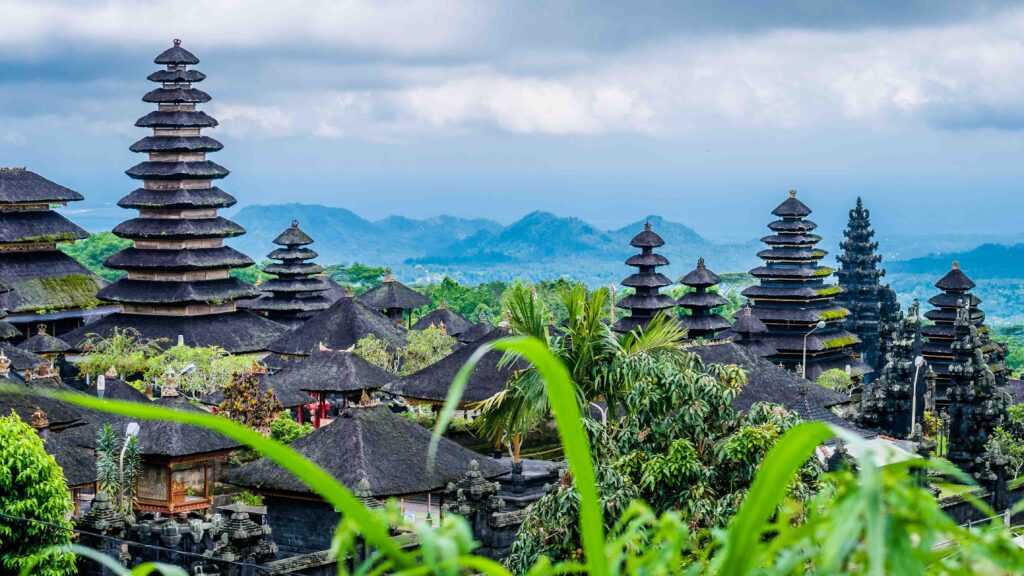
The Menstruation Ban At Besakih Temple
Women who are menstruating and currently having their period are completely forbidden from going into the mother temple.
This is because Hindus consider a woman on her period to be “unclean” and thus they are thought to profane religious sites.
What Are The Opening Hours At Besakih Temple?

The Besaki Temple and the associated area are open from 8 a.m. to 6 p.m. 7 days a week.
It is closed for the Nyepi festival as are all other temples in Bali. That’s OK as tourists, expats and locals must all remain at home during Nyepi.
What Is The Best Time To Visit Besakih Temple?
There is no bad time of year to visit the Besakih Temple.
However, we need to point out that during the rainy season, it is more likely to rain and this may “dampen” (sorry for the pun) your enthusiasm for walking around the temples.
It still rains in the dry season, though, and nobody can guarantee that a visit to Besakih Temple will remain moisture-free.
And as with all popular tourist and religious sites in Bali, it gets very busy at Besakih Temple and if you prefer to beat the crowds, we’d recommend that you get there as early in the morning as you can.
If you engage a local guide, they can then keep you ahead of the majority of the crowd for the rest of the day.
This temple is not a crowded tourist trap, though, as soon as you get away from the central Pura Penataran Agung structure, the crowds tend to thin out dramatically.
There is so much to see and do here at the Mother Temple that it would be impossible to pack it out entirely.
What To Expect At Besakih Temple?

There are many temples and shrines to explore at Besakih and it’s not going to be possible to see them all in a single visit.
However, some of the more interesting Hindu temples are listed here to help you better plan your visit.
Pura Penataran Agung – Pura Puseh
This is the “Great Temple of State” that stands at the heart of the complex and is the main place of worship.
It has multiple areas each representing the 7 different layers of the Hindu universe and each of these areas has its own shrine.
Pura Basukian Puseh Jagat – Pura Desa
This is the place where, according to legend, five types of spiritual metal were planted by Rsi Markandeya and his followers.
It is one of the three main temples at the site and one of the founding temples of all village temples in Bali.
Pura Dalem Puri – Pura Dalem
This is the third main temple at the site and it is used mainly by Hindu people who have completed the ritual of the Pitra Yadnya Uprising.
It’s also one of the village parent temples here at Besakih Temple. It should not be confused with Pura Dalem Agung which is the temple in the Ubud Sacred Monkey Forest. (We’ve also got a great guide to the best Ubud temples, if Besakih is too far to come).
Pura gelap lies to the North of the main complex and it takes its name from the Kawi word that means “lightning” and refers to the manifestation of bright white rays from the God Iswara.
As you might expect, the white lightning is meant to keep the dark at bay.
Pura Batu Madeg
Pura Batu Madeg is to the Northwest of the main site and is said to contain a holy scripture that provides that this temple is older than 1,000 years!
It is said that rituals conducted at Pura Batu Madeg will imbue the people with strength and vitality and ensure that the rains come to bring a good harvest for Bali.
Pura Batu Tirtha
This temple, according to the locals, is a place where kindness is planted into the hearts of worshippers.
It’s also a place where Hindus can study the ancient teachings of Balinese Hinduism.
Pura Kiduling Kreteg
Temple Pura Kiduling Kreteg place is to the South of the main complex and it’s in Besakih Village. It is one of the four holy temples of the lotus flower and is meant to symbolize one of the flower’s petals.
People come here to pray for creativity, truth, holiness and harmony and in times of drought, they come to pray for Lord Brahma to reduce the heat of the Earth.
Pura Ulun Kulkul
This temple houses the nation’s most famous kulkul, which is a Balinese wooden slit gong.
The gong at Temple Pura Ulun Kulkul is used to send warning signals in times of trouble and to convey special messages on behalf of the temple.
Pura Gua
This temple is on the East of the main drag and it’s said to be home to a dragon deity.
You can find a cave nearby though you can’t get in as the mouth has been damaged by a landfall.
Many locals practise yoga near this spot.
Pura Hyang Haluh (Pura Jenggala)
If you’re a fan of the mythical garuda bird then you’re going to love this temple which has plenty of statues of the bird to enjoy (though none of them are quite as imposing as the one at GWK Cultural Park).
Pura Merajan Selonding
This interesting little temple houses one of the most ancient sets of Gamelan (that is Indonesian percussion instruments) in the nation.
It’s also home to the Bredah texts which are the chronicles of a local king.
Pura Peninjoan
You will need to walk northwest and down into a valley and alongside a river to find this lovely little temple.
The views from the hill here are spectacular and showcase the beauty of the local temples.
Pura Pangubengan
Follow the river in the opposite direction and you will find Temple Pura Pangubengan which is part of the holy water flow to Pura Batu Tirtha.
The History Of Besakih Temple
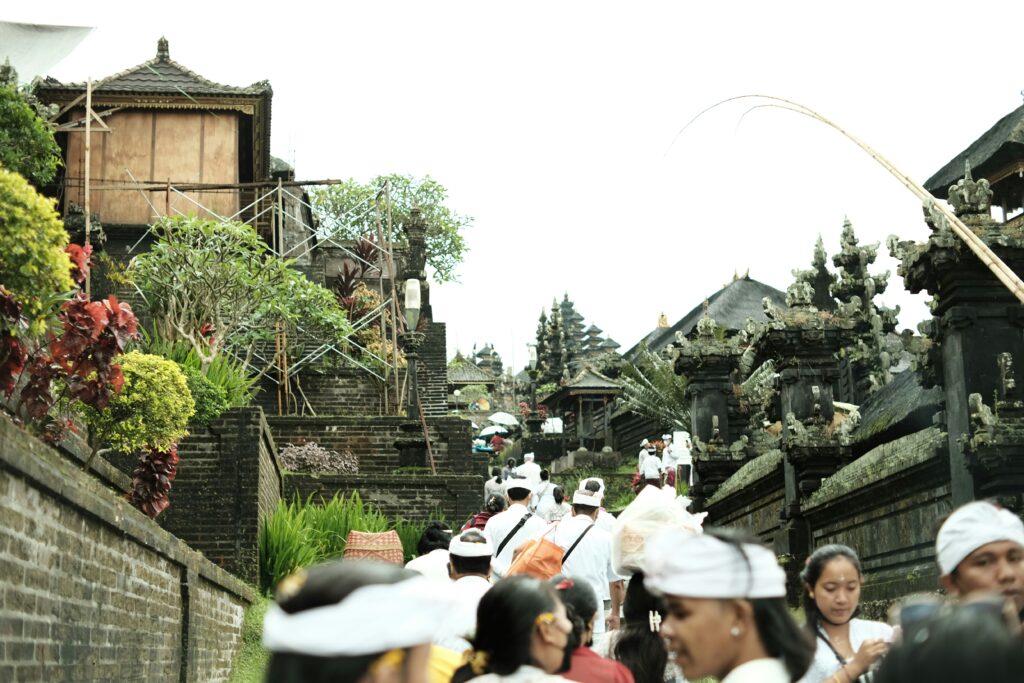
The history of this amazing place is not entirely understood by modern historians.
There are indications, such as the stone bases of some of the temples, that this site may have been home to temples for over 2,000 years!
What is absolutely known is that when the Javanese conquered Bali the temple was being used by Hindus for worship. That was in 1284 A.D.
By the 15th century, the Gelgel Dynasty had made this temple complex the most significant in Bali.
There are also four sets of texts which allude to the history of this temple in Bali. They are all from ancient times and thus, aren’t entirely complete but they’re interesting enough.
Babad Gunung Agung
This isn’t a history of the temple but rather a history of Mount Agung (Gunung Agung) and, of course, that’s very much entwined with the temple’s history.
Several eruptions are mentioned in the work that may be significant for this place:
89 A.D. – the first recorded eruption of the mountain
91 A.D – a second greater eruption which lasted for nearly 2 months
148 A.D. – the formation of sulphur water following an eruption which is considered to have magical power for the Balinese
189 A.D. – another major eruption
1963 A.D. – the year that the Eka Dasa Ludra ceremony was performed at the temple as the mountain, once again, erupted
Markandeya Purana
This manuscript tells the story of Rsi Markandeya, an Indian holy man, that came to Bali.
He brought 8,000 people to clear space in the jungle to build a new city. He failed and his followers all died.
He returned to Java where he had been living and meditated and prayed. This time, he was shown how to successfully carry out his plan.
He was to build a small temple, The Besukihan Temple, at the site of today’s Besakih Temple.
In exchange, he and 4,000 followers would be permitted to safely return to the lands of Bali and thrive there.
However, he would not be permitted to raze the rainforest and his people would need to live in harmony with the Earth, which they did.
Penempahan, Blanjong and Malat Gede Inscriptions
These manuscripts from between 835 A.D and 913 A.D. all mention the temple and the name of the King who is said to have had a palace in the temple area.
His name was King Kesari Warmadewa or Shri Wira Dalem Kesari. The Merajan Selonding is built here for his glory.
Bredah and Gaduh Sakti Inscriptions
These documents clearly show that by the year 1007 A.D., in the reign of King Udayani Warmadewa, the temple site was being fully utilized in a similar fashion as it is today.
The Architecture Of Pura Besakih

There are a lot of shrines and temples to be found at this complex but the main design sees twenty-three temples each sitting on parallel ridge lines.
The main spire (or Meru) leads to the main Pura Penataran Agung temple.
The design is meant to help draw a worshipper into the heart of the complex without needing a huge amount of explanation.
The mountain is considered as sacred as the temples themselves and the complex design is meant to reflect that.
Interestingly, during the eruptions of 1963, the lava flows missed all the temples by just a few meters!
So, even though the eruption claimed the lives of around 1,700 people, the mountain is still considered a miracle of the gods.
Festivals At Besakih Temple
The Balinese people host over 70 different festivals and ceremonies each year.
It’s important to note that this means there is a festival roughly once every 3 days as the Balinese Pawukon Calendar has a 210-day year!
How To Tackle The Besakih Temple Complex On Your Own Besakih Temple Tour
We’d strongly recommend that you read up on the layout of this complex and decide what you really want to see before you arrive.
The whole site covers a span of several kilometers and you would need to spend more than one day here to see everything.
Most people just head to the centre and the main Pura Penataran agung and then wander around.
However, if you want to see something a bit more “off-the-beaten-path” you can easily get to the Pura Pengubengan end of the complex which is a couple of kilometres to the North.
If you engage one of the local guides, they can also help make recommendations to ensure that you get the most out of your visit to this temple complex.
FAQs
Is Besakih Temple Worth Visiting? Is Besakih Temple Worth It?
Yes! It’s the largest temple complex in Bali. It has a huge number of temples (each with its own shrines). It has a spectacular volcano setting, it has three temples which all village temples in Bali are partnered with, it has been here since ancient times, and is key to understanding Bali’s cultural and spiritual heritage.
We can’t imagine coming to Bali and not enjoying a Besakih Temple tour of some form or another.
Which God Is In Besakih Temple?
Gods don’t live in temples according to the Hindu faith.
However, there are three main temples dedicated to the Hindu Trinity at this site which means that Shiva, Brahma and Vishnu are fully represented here.
How Much Is The Entrance Fee For Besakih Temple?
60,000 IDR for adults, and 30,000 for kids. This is subject to change at any time.
Why Is The Besakih Temple Important?
It is the primary Hindu temple in a Hindu place. This great temple is connected to every other Hindu temple in Bali and as a central temple, it’s of great importance to local pilgrims too.
Pura Besakih serves as the mother of all other temples in Bali.
What Do You Wear To Besakih Temple?
You must dress modestly at this temple and that means covered shoulders and covered legs.
You can buy or rent appropriate clothing at the complex if you need to. It’s not expensive.
Is Besakih Temple A UNESCO World Heritage Site?
No. In fact, this temple was put forward as a UNESCO site and was under consideration when the Balinese government requested it to be removed from the nomination list.
Darma Nyoman Putra and Michael Hitchcock argued that this was because the Balinese people were worried about the over-commercialization of their heritage.
The locals felt that they would lose control over the management of the temple site and that they might be restricted from carrying out their own holy rituals to please UNESCO.
They say that Besakih Temple is a living temple and not a historic relic for exploitation for global tourism.
This doesn’t mean that tourists aren’t welcome at the temple, they very much are, it just means that the site didn’t need the tens of thousands of additional visitors that a UNESCO win might have brought with it.
Should I Climb Mount Agung If I Visit Besakih Temple?
Climbing Mount Agung is no small undertaking. Getting to Mount Agung’s peak is for serious climbers and those in prime shape.
If you want to visit the caldera of an active volcano in Bali, we’d recommend that you start with a trip to Mount Batur which is a much less challenging hike. (We’ve got a list of all the best hikes in Bali for you).
You can read our guide to Mount Agung and see for yourself what you’d be facing if you do opt to climb the mountain.
Of course, if you can climb it, it’s worth doing for the amazing views over the island from the summit.
However, you might want to do it on a separate day from a visit to Besakih Temple on the slopes of Mount Agung as the climb is going to leave most people pretty tired and ready for some rest.
Final Thoughts On The Pura Besakih Temple Complex
Pura Besakih is one of the most fascinating and exciting places to visit in Bali.
It is a working temple and that means you should be respectful in your dress and manner at all times, but you are more than welcome to visit Pura Besakih during the regular opening hours.
It’s an amazing place to get a better feel for the island and to take some incredible photographs. It would be a shame to visit Bali and miss out on this temple complex.

